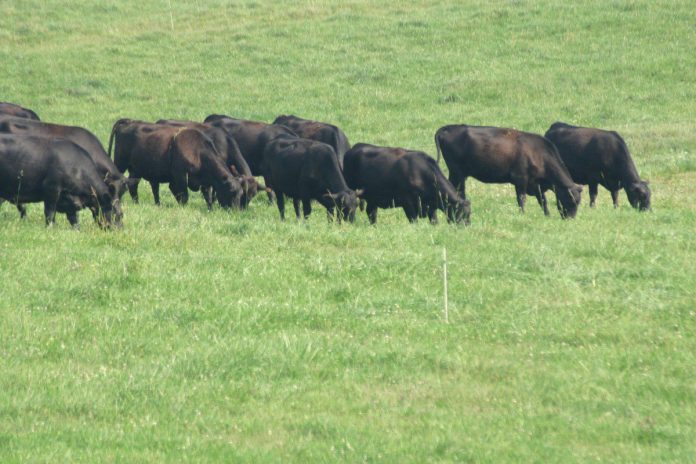Are you looking to reduce winter feed costs this year for your grazing operation? One of the most expensive things to get livestock through the winter is feed expenses. Maybe it is time to try stockpiling forages to extend your grazing into the fall and winter.
This is something you can start on right away. Stockpiling forages is simply allowing standing forage to grow and accumulate for a later grazing period. Cool-season grasses work best and can be stockpiled easily.
Starting
The first thing to do is to get your livestock out of the fields you want to stockpile and close the gate. This should be done around Aug. 1, or 60-75 days ahead of the average first frost. If done sooner than this, the forage quality can decline.
Stockpile existing pasture or even hay fields to be grazed later. Make sure fields are grazed or mowed first for a uniform height to achieve best results.
Species
Cool-season species, such as tall fescue, orchardgrass and smooth bromegrass, will all work well. Tall fescue will hold its nutritional value longer than others and continue growing at colder temperatures.
If your pasture is a mix of cool-season grasses and legumes, graze these in the early winter first and then move to highly concentrated fescue pastures last.
Of course, adding a nitrogen application will help boost these fields. Do this in August for best results. If the field consists of 40% or more legumes, then no nitrogen will need to be added. Be sure to have up-to-date soil samples and follow the recommendations.
Grazing
The best way to avoid wasting stockpiled forage is to add rotational grazing to those fields. This can be achieved easily with step-in posts and some poly wire. This will allow livestock to graze smaller areas for one to three days at a time, instead of grazing the entire field continuously, resulting in less waste.













